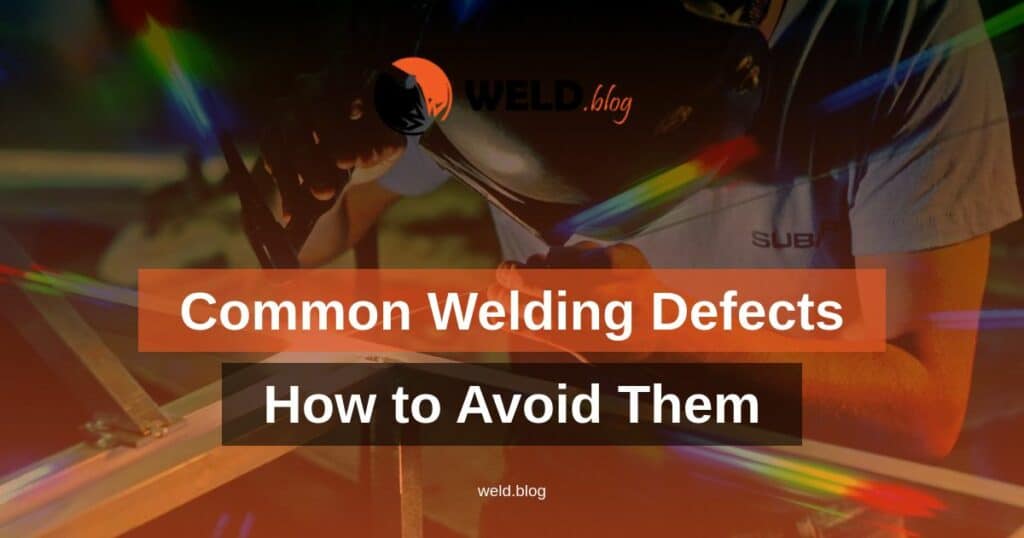Welding is a critical process in the metalworking industry, and it is essential to know and understand the common welding defects. If you are not careful, these defects can impact the strength and durability of your welds and even compromise the safety of the project. In this article, we will discuss some of the common welding defects and how to avoid them.
Porosity
Porosity is one of the most common welding defects and occurs when gas becomes trapped in the molten metal during the welding process. Porosities can weaken the weld, and the gas pockets can lead to cracking and corrosion. Porosity can be caused by several things, such as:
- Using contaminated filler materials or base metal
- Insufficient shielding gas or a dirty welding environment
- Improper welding techniques such as high travel speed, lack of preheating, or excessive arc length
The best way to prevent porosity is to ensure the welding area is clean, the base metal and filler materials are free of contaminants, and the shielding gas is adequate. Additionally, proper welding techniques such as preheating and controlling the arc length can help prevent porosity.
Undercutting
Undercutting occurs when the base metal adjacent to the weld is melted and removed, leaving a groove or depression. This defect weakens the weld and can lead to cracking and fatigue failure. Undercutting can be caused by:
- Excessive welding current or travel speed
- Improper electrode angle
- Improper shielding gas or electrode composition
Proper welding techniques such as reducing the welding current or travel speed and adjusting the electrode angle can help prevent undercutting. Ensuring that the correct shielding gas or electrode composition is used can also prevent undercutting.
Burn-through
Burn-through is a defect that occurs when too much heat is applied to the base metal, causing it to burn through and create a hole in the weld. This defect weakens the structure and can compromise the integrity of the weld. Burn-through can be caused by:
- Excessive welding current or travel speed
- Incorrect electrode or filler material size
- Improper welding technique
Proper welding technique such as adjusting the welding current, travel speed, and using the correct size of the electrode or filler material can prevent burn-through.
Incomplete fusion
Incomplete fusion occurs when the welding material does not melt and fuse properly with the base metal, resulting in a weak weld. This defect can be caused by:
- Using the wrong welding technique
- Insufficient electrode size or incorrect filler material
- Excessive gap between the base metals
Proper welding technique, using the correct electrode size and filler material, and reducing the gap between the base metals can help prevent incomplete fusion.
Conclusion
These are some of the most common welding defects and their causes. Learning how to avoid them will help you to produce high-quality and safe welds. Remember to always follow proper welding techniques and to keep your welding environment clean and free of contaminants.

